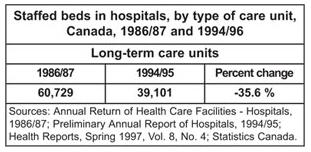
Psychological fear can hold one back from investing. People behave according to their mindset. Some of the following thinking can keep one from not putting their money to work by buying equity investments such as equity investment funds. If you have said any of the following statements, you may be experiencing investor anxiety:
“I think the markets will pull back and lose some value.” I will wait and invest when this happens.” This viewpoint is based on the need to confirm a belief before acting, where the investor must minimize any evidence that contradicts their belief mantra. The media frequently offers terrible news if the market has a low day, and it is easy to hear only this information while filtering out other positive news. This process can paralyze an action plan to invest for years.
“I want to sell the investment if I see a profit.” People might sell an investment early once it rises in value for fear of future loss. Aside from considering taxation, once sold, an investment with either a gain or a loss ends any future potential of that investment rising in future value. To avoid this mindset, one should have a disciplined written plan for buying and selling assets that can be frequently referred to.
“The market is bound to correct and head down because it is at a peak.” Anchoring our point of view occurs when someone assigns a reference number, like a 52-week high or low, to compare the price of an investment stock, the unit value of a fund, or a stock exchange’s last peak value. Past price movements are poor predictors of future price performance. When you invest for the long-term for retirement, using past price patterns is comparable to driving your car while gazing in the rearview mirror as a reference.
Conclusion
The above emotional mindsets can ruin or avoid forming an otherwise excellent investment plan. They can help you develop a risk tolerance profile and investment plan. Please work with your investment advisor to help you understand how the mind can trick us into failure simply by not investing over the long term.
“Individuals who cannot master their emotions are ill-suited to profit from the investment process.” Benjamin Graham



















